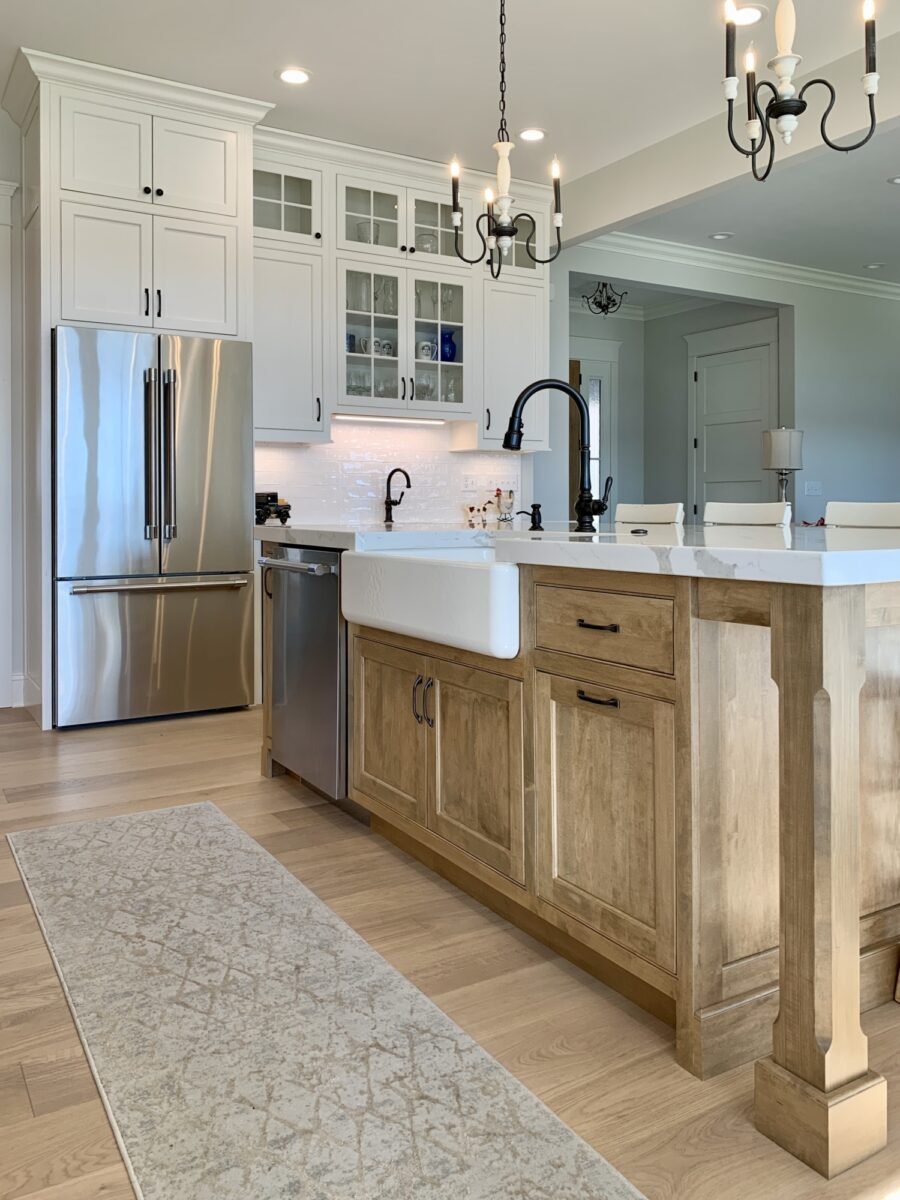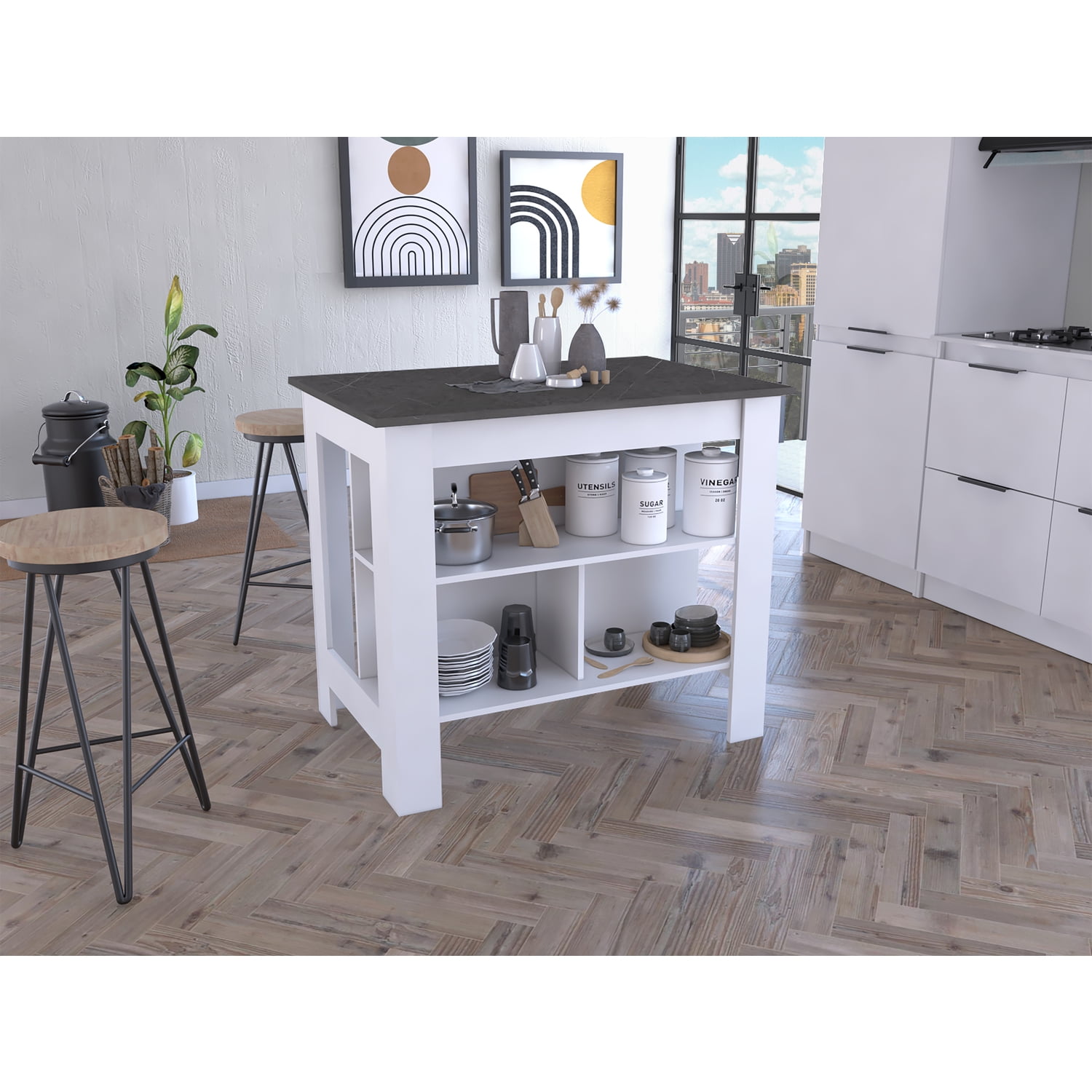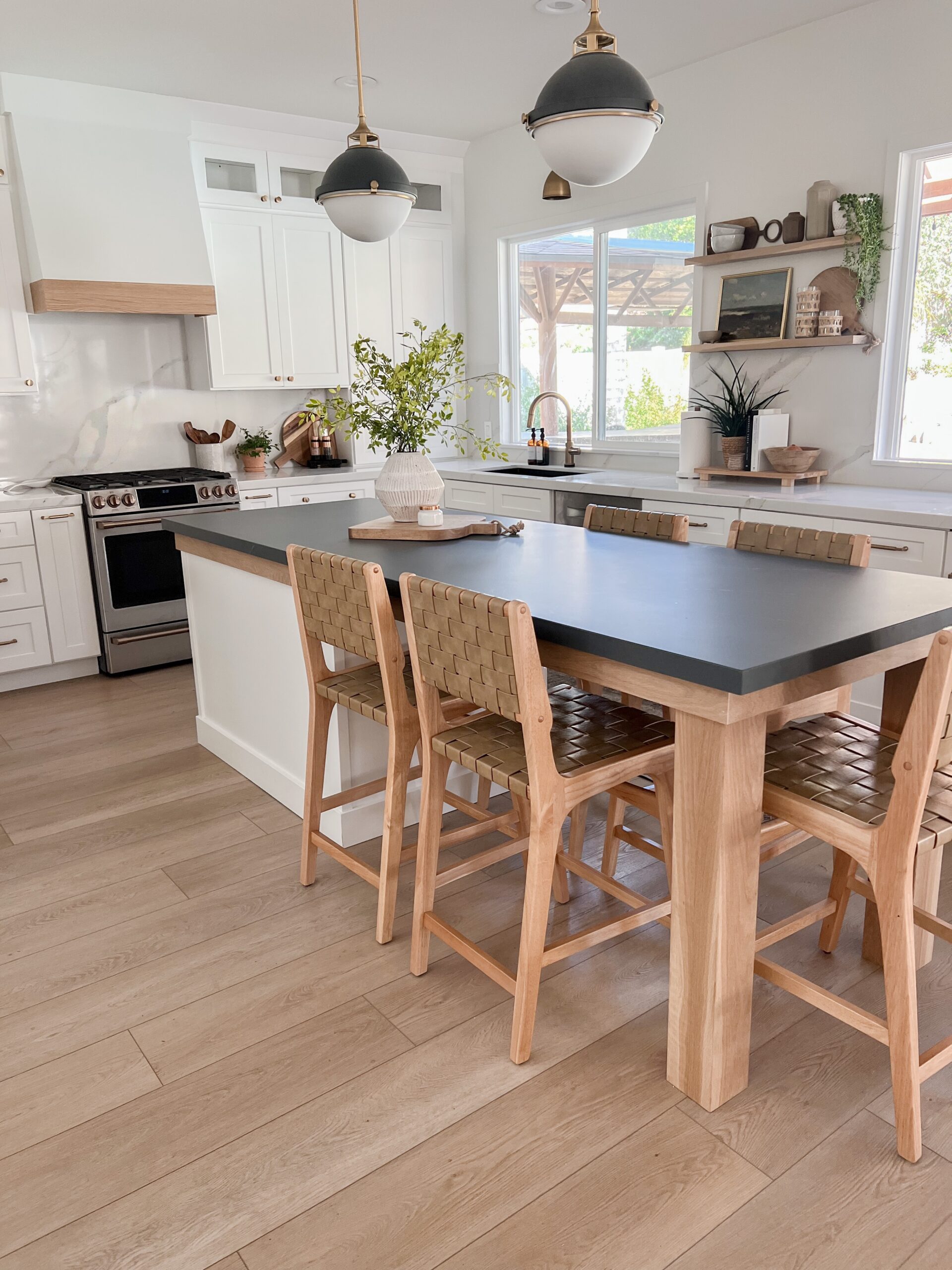Make Your Kitchen Island Stand Out with Customized Legs For Kitchen Island
Make Your Kitchen Island Stand Out with Customized Legs For Kitchen Island
Blog Article
Essential Factors to Take Into Consideration When Picking Legs For Kitchen Area Island
Choosing the suitable legs for a kitchen island entails a mindful evaluation of multiple variables that can dramatically affect both performance and aesthetic allure. Among these, the choice of product plays a critical role in making certain toughness, while the style must enhance the existing decoration. Considerations such as elevation and weight support are essential for security and comfort. As we discover these aspects, it comes to be clear that each decision can have far-ranging ramifications for the total kitchen area experience. What subtleties should be thought about in each of these groups to accomplish the ideal equilibrium?
Material Options
When choosing legs for a cooking area island, understanding the different product options is important for attaining both visual appeal and structural honesty (Legs For Kitchen Island). The choice of material considerably affects not just the durability of the island however likewise its total layout and functionality
Steel legs, usually made from stainless steel or functioned iron, add a contemporary and commercial feeling while making certain durability and security. These products are immune to use and can support substantial weight, making them perfect for bigger islands.
An additional alternative is engineered materials, like MDF or plywood, which can be more cost-effective while still supplying a variety of surfaces. They might not supply the exact same level of security as solid wood or steel. Legs For Kitchen Island. Finally, materials such as acrylic or glass can develop a modern look, though they might need additional assistance to make sure stability.
Ultimately, the choice of material for cooking area island legs must align with the wanted performance and the total style of the kitchen.
Design and Design

When taking into consideration design, the form and coating of the legs are critical. Tapered legs can provide a feeling of agility and sophistication, while thicker, extra robust legs can communicate strength and security. In addition, the finish-- be it repainted, stained, or natural-- ought to complement the kitchen cabinetry and counter top materials to develop a unified appearance.
In addition, the design of the legs can also reflect personal preference. Custom-made or attractive legs, such as those including elaborate makings or special geometric forms, can function as focal points, adding character and personality to the kitchen area. Inevitably, the ideal selection will certainly not only enhance performance but likewise boost the aesthetic charm, making the cooking area island a standout feature of the home.
Elevation Considerations
Selecting the ideal elevation for cooking area island legs is critical, as it straight influences both capability and comfort. The common height for a cooking area island commonly ranges from 36 to 42 inches, straightening with typical countertop heights.

It is also important to account for individuals' elevations and choices. Customizing the height can make certain a comfy experience for all member of the family, making the cooking area island a much more useful and delightful space.
Weight Support
Guaranteeing appropriate weight support for kitchen area island legs is important for both safety and performance. The kitchen area island commonly offers several functions, including food prep work, eating, and added storage space, requiring a robust support framework. When picking legs, it is critical to take into consideration the general weight capability called for based on the island's intended usage and the materials that will be positioned on it.
The choice of product for the legs plays a substantial duty in their weight-bearing abilities. Strong wood, steel, and sturdy composites normally provide exceptional strength contrasted to lighter materials. In addition, the design of the site here legs-- whether they are directly, tapered, or have a pedestal form-- can affect their capability to disperse weight successfully across the framework.
Constantly consult the producer's specs relating to tons limitations to guarantee that the legs can maintain the intended weight without jeopardizing safety and security. In recap, choosing kitchen island legs with ample weight assistance is essential for producing a risk-free and practical culinary area.
Setup and Maintenance
Appropriate installation and upkeep of kitchen area island legs are vital for guaranteeing longevity and security. To begin, it is important to comply with the maker's guidelines during setup. This typically involves securing the legs to the space station making use of ideal her explanation bolts, making sure that the legs are level and aligned. Using a level tool can aid stop wobbling and improve the total aesthetic appeal of the cooking area island.
As soon as mounted, regular maintenance is essential to maintain the honesty and look of the legs - Legs For Kitchen Island. For wood legs, periodic cleansing with a damp fabric and application of ideal wood polish can avoid moisture damage and preserve their surface. Metal legs might call for a mild cleaning solution to get rid of oil and crud, followed by a completely dry cloth to protect against rust formation
In addition, examine the legs consistently for indications of wear or damage, such as fractures or loose joints. Tightening screws or screws as required can additionally extend the lifespan of the legs. By sticking to these installation and maintenance techniques, house owners can make certain that their cooking area island continues to be tough and aesthetically appealing for years to come.
Conclusion

Visual coherence is vital in picking the design and design of legs for a kitchen area island, as these aspects substantially influence the overall atmosphere of the area. Conical legs can supply a feeling of lightness and style, while thicker, a lot more durable legs can convey strength and stability.Selecting the proper elevation for cooking area island legs is crucial, as it directly impacts both performance and comfort. In summary, choosing kitchen area island legs with sufficient weight support is vital for producing a secure and useful cooking area.
In final thought, choosing legs for a kitchen area island necessitates careful consideration of various factors, consisting of product choices, style, height, weight support, and installation.
Report this page